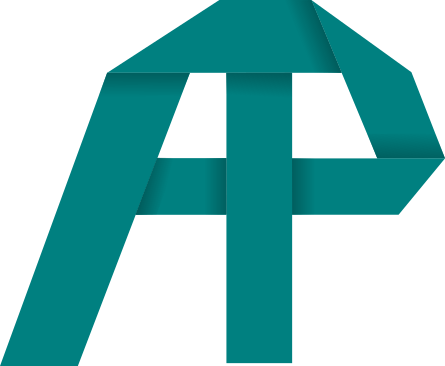Online Safety for Students
In spring of 2017, I worked with a team to research online safety as it pertains to students. We were doing this work for the Residential Housing Association at Michigan State University as a part of a larger effort on their part to educate students, particularly incoming freshman, on how to stay safe online.
The Challenge
There is a lot of information out on there about various ways to secure your online presence, from articles like this one describing how to make a strong password (https://lifehacker.com/how-to-create-a-strong-password-1797681069) to this never-ending mash-up of every possible trick you could think of (https://hackblossom.org/cybersecurity/). While these are useful resources, it still isn’t easy for a non-technical non-expert to figure out what is important and relevant. We were aware that appealing to students, most of whom would likely be more concerned with their social media than their safety online, would require a simpler, more straightforward approach.
The Process
As other teams were tackling specific topics, such as social media etiquette, we decided to create a single document that could act as a comprehensive resource on internet safety. We approached research in two stages; the first stage was to generate a list of all of the different tips, tricks, and topics that we could think of that fell within the bounds of online safety. With this preliminary research, we then classified all of these into groups more generalized topics (such as “passwords”). We then divided up the topics and researched more in-depth into our topics, which we synthesized and simplified into the final document.
The Solution
The deliverable we produced is a 15-page informational document that covers just about every piece of advice we could find. The document is divided into 8 topics, with the advice within each being further divided into Beginner, Intermediate, and Expert levels. We settled on these levels as a solution to the problem of writing for an audience of varying technical abilities and knowledge levels.
This document was intended to be used by the client primarily as a tool for informing a social media campaign, blog posts, or other material that they might want to produce. The document was written in such a way as to facilitate fast understanding and even copy-and-paste style use.
